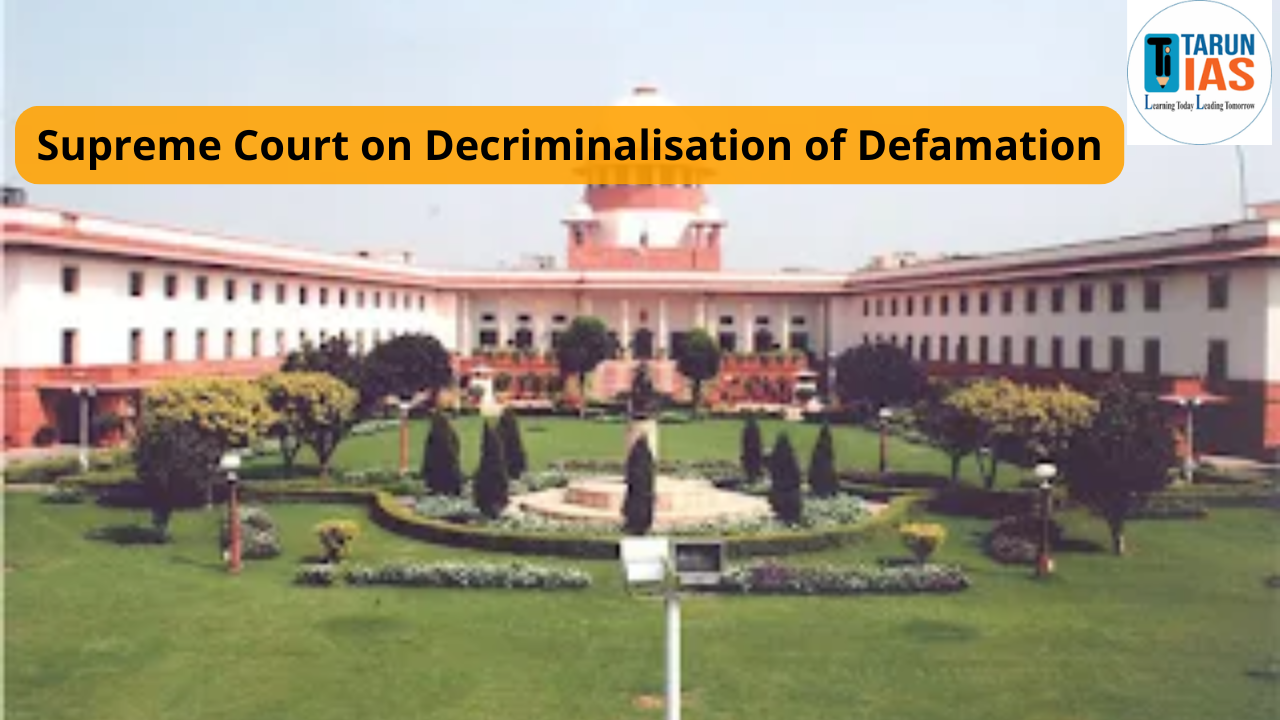Chandragupta I (319-334 CE)
- The reign of Chandragupta I marked the beginning of the Gupta Era (circa 319-320 CE).
- He assumed the title Maharajadhiraja (Great King of Kings), reflecting his authority over lesser rulers.
- His marriage to Kumaradevi, a Lichchhavi princess, strengthened the Gupta dynasty’s political influence.
- Chandragupta I’s kingdom covered Magadha and parts of eastern Uttar Pradesh, including Saketa and Prayaga.
- The Mehrauli Iron Pillar inscription celebrates his extensive conquests and achievements.
- Unique gold coins issued during his reign depicted Chandragupta and Kumaradevi on one side and a seated goddess with the inscription Lichchhavayah on the reverse.
- He is credited with initiating the Gupta calendar known as Gupta Samvat.
Samudragupta (335-380 CE)
- Samudragupta, son of Chandragupta I, ascended the throne by defeating his rival, Kacha.
- Recognized as a warrior, ruler, and patron of the arts, he was often referred to as the “Napoleon of India” by historian Vincent Smith.
- His conquests and reign are detailed in the Allahabad Pillar Inscription, composed by his court poet, Harisena.
- Samudragupta undertook military campaigns in three stages:
- Northern Campaign: Defeated rulers like Achyuta and Nagasena.
- Southern Campaign: Subdued 12 Dakshinapatha states, allowing them to remain autonomous but acknowledging his suzerainty.
- Aryavarta Campaign: Eliminated nine northern rulers and annexed their territories.
- His empire extended across northern India, parts of central India, Bengal, and the eastern Deccan. Tributary states in the south and northwest acknowledged his dominance.
- Samudragupta performed the Ashvamedha sacrifice, celebrated through gold and silver coins depicting him as the “restorer of the Ashvamedha.”
- A scholar and musician, he earned the title Kaviraja (King of Poets). His coins often depicted him playing the veena.
- Though a staunch Vaishnavite, he respected other religions and allowed the Buddhist king of Sri Lanka, Meghavarman, to construct a monastery at Bodh Gaya.
- Scholars such as Harisena, Vasubandhu, and Asanga flourished in his court.
Rama Gupta
- Rama Gupta, the eldest son of Samudragupta, is known through texts like Devi-Chandraguptam by Vishakhadatta and references in Harshacharitam by Banabhatta.
- His reign is associated with a significant military defeat against the Shakas, leading to a humiliating treaty where his wife Dhruvadevi was to be surrendered.
- His younger brother, Chandragupta II, opposed this agreement, disguised himself as Dhruvadevi, and assassinated the Shaka king.
- Following this event, Chandragupta II overthrew Rama Gupta, ascended the throne, and married Dhruvadevi.
Chandragupta II (380-412 CE)
- Under Chandragupta II, the Gupta Empire reached its zenith, often referred to as the “Golden Age of India.”
- He is identified with the legendary king Vikramaditya, known for his prosperous court adorned by the Navaratnas (Nine Jewels), including the renowned poet Kalidasa.
- Chandragupta II expanded the empire through strategic marriages and military conquests.
- Married Kuberanaga, a Naga princess, and allied with the Vakatakas through his daughter Prabhavati’s marriage to Prince Rudrasena II.
- Defeated the Shaka-Kshatrapas and annexed western Malwa and Gujarat by overthrowing Rudrasimha III.
- Ujjain became an important commercial hub and served as an alternative capital, while Pataliputra remained the primary capital.
- Chandragupta II assumed titles such as Sakari (Destroyer of Shakas) and Vikramaditya.
- He issued gold coins that showcased the empire’s prosperity and his military achievements.
- His conquests extended the empire westward to Gujarat, Kathiawar, and beyond the Hindukush to Bactria.
- Fa-Hien’s Visit:
- The Chinese pilgrim Fa-Hien visited India during Chandragupta II’s reign and spent six years in the Gupta Empire.
- His primary aim was to collect Buddhist manuscripts and visit Buddhist sites. He studied Sanskrit and Buddhist texts in Pataliputra.
- Fa-Hien described the Gupta Empire as prosperous, with well-maintained roads and flourishing trade. He highlighted the happiness and prosperity of the people under Gupta rule.
Kumaragupta I (415-455 CE)
- Kumaragupta I, also known as Mahendraditya, was among the last prominent Gupta emperors.
- He is credited with founding Nalanda University, which later became a globally renowned center of learning.
- Kumaragupta I performed the Ashvamedha sacrifice and issued various coins depicting his achievements.
- Towards the end of his reign, he faced invasions by the Pushyamitras, a tribe allied with the Huns. His son, Skandagupta, successfully repelled these threats.
Skandagupta (455-467 CE)
- Skandagupta, the successor of Kumaragupta I, was the last significant ruler of the Gupta dynasty.
- He fought and defeated the Pushyamitras and repelled invasions by the Huns, preserving the empire’s stability.
- His reign witnessed a decline in the purity and variety of gold coins, reflecting economic strain.
- Despite his victories, the empire weakened after his death in 467 CE. Subsequent rulers, including Purugupta, Narasimhagupta, and Buddhagupta, failed to defend the empire against continued Huna invasions and internal decline.
- The Gupta dynasty eventually disintegrated, with the rise of local powers like Yasodharman of Malwa marking its end.
|
UPSC Articles |
|
| UPSC Interview | UPSC Interview Marks |
| UPSC Syllabus | UPSC Exam Pattern |
| UPSC Eligibility | UPSC Age Limit |
| UPSC Selection Process | UPSC Cut off |














